In the market for trucks, an interesting trend has emerged where many people are showing a preference for used kaʻa uilas over new models. But what exactly drives this choice? Why would someone opt for a used kaʻa uila instead of a shiny new one? I believe many people are not entirely clear on this matter. No laila, let’s delve into this topic today and explore the reasons behind the popularity of used kaʻa uilas.
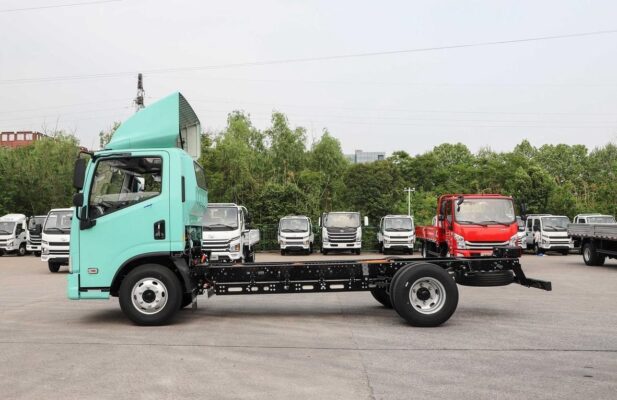
Advantages of used electric trucks:
- Large battery capacity and strong cargo-carrying capacity.
Under normal circumstances, used kaʻa uilas often come with a significant advantage in terms of battery capacity. Their cruising range can typically reach 200km to 400km. This range is more than sufficient to meet the needs of urban transportation and distribution. Kaʻa uilas, in general, are more energy-efficient and environmentally friendly compared to traditional fuel vehicles.
The energy efficiency of kaʻa uilas stems from their electric powertrains. Electric motors are highly efficient in converting electrical energy into mechanical power, resulting in less energy wastage compared to internal combustion engines. This not only reduces operating costs but also has a positive impact on the environment by producing zero tailpipe emissions.
For urban transportation and distribution, the combination of a large battery capacity and strong cargo-carrying capacity makes kaʻa uilas a practical choice. Consider a delivery company operating in a city. The ability to cover a significant distance on a single charge allows for more efficient route planning and fewer interruptions for recharging. At the same time, the strong cargo-carrying capacity enables the transportation of a large volume of goods, increasing productivity and reducing the number of trips required.
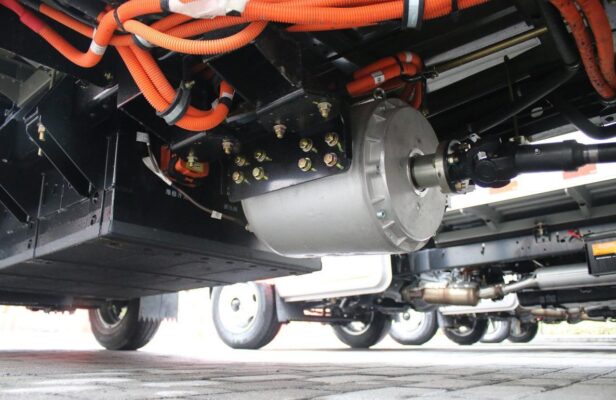
After comparison, many veteran drivers are naturally willing to buy electric models. These drivers, with their years of experience in the transportation industry, understand the importance of reliability, pono, and cost-effectiveness. The advantages offered by kaʻa uilas, such as lower fuel costs, reduced maintenance requirements, and environmental friendliness, make them an attractive option.
ʻo kahi laʻana, a veteran driver who has been using fuel trucks for years may notice the increasing cost of fuel and maintenance. When considering a new vehicle, the performance and cost savings of an kaʻa uila become appealing. The large battery capacity ensures that they can complete their daily routes without constantly worrying about running out of power. The strong cargo-carrying capacity allows them to transport more goods in a single trip, increasing their earnings potential.
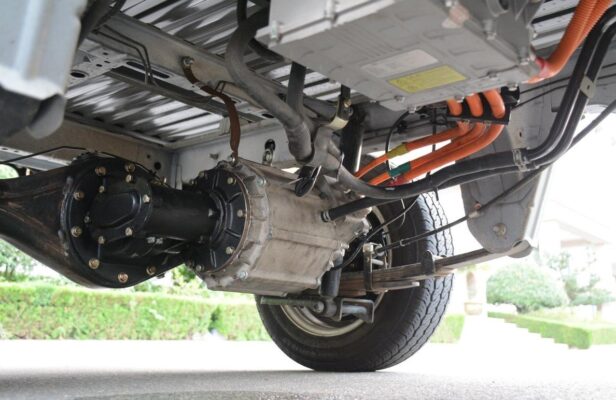
- More favorable price.
One of the most obvious advantages of buying a used kaʻa uila is the more favorable price. When purchasing a new model, there is usually little room for significant price discounts. New trucks often come with a premium price tag due to their latest features, advanced technology, and the cost of manufacturing.
In contrast, used vehicles, komo kaʻa uilas, have already undergone some depreciation. This means that the cost is naturally much more affordable. Used electric trucks offer a significant cost savings compared to new ones. This is especially beneficial for car owners with not very good economic strength.
The price difference can be substantial. For someone starting a small business or on a tight budget, the savings from buying a used kaʻa uila can be put towards other aspects of their operations, such as expanding their fleet, improving infrastructure, or covering operating expenses.
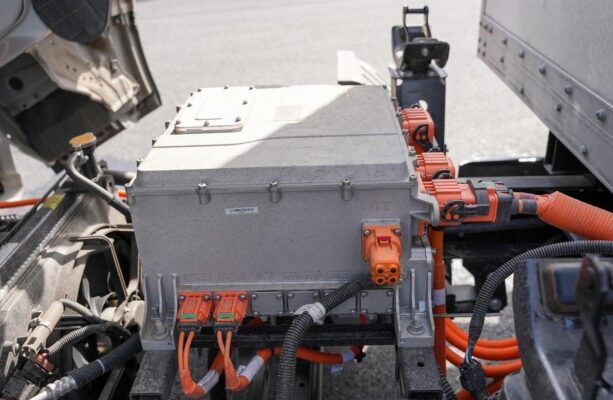
Eia kekahi, used kaʻa uilas can still provide reliable performance and functionality. While they may have some wear and tear, proper inspection and maintenance can ensure that they are in good working condition. Many used kaʻa uilas on the market have been well-maintained and can offer several years of service.
ʻo kahi laʻana, a small business owner looking to enter the transportation industry may not have the financial resources to invest in a new truck. A used kaʻa uila can provide them with a cost-effective solution. They can purchase a reliable vehicle at a fraction of the cost of a new one and start their business without breaking the bank.
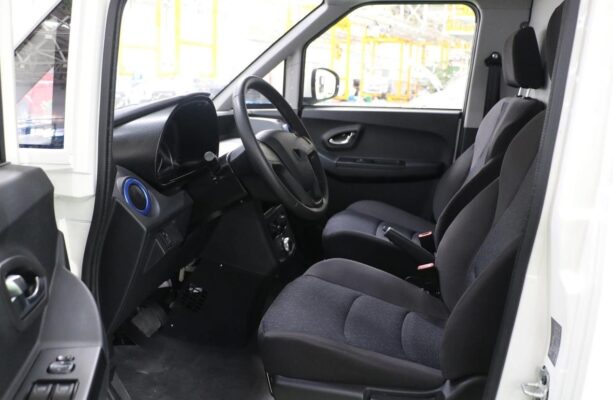
- Hoʻouka wikiwiki.
With the country’s vigorous development of new energy technologies, the supporting facilities for kaʻa uila models have been significantly improved. At this stage, not only are there more and more charging piles being installed in various locations, but the charging time of vehicles is also getting shorter and shorter.
The increasing availability of charging infrastructure is a crucial factor for the popularity of kaʻa uilas. As more charging stations are built in cities, along highways, and at truck stops, it becomes more convenient for kaʻa uila owners to recharge their vehicles. This reduces the range anxiety that some may have had in the past and makes kaʻa uilas a more viable option for long-distance transportation as well.
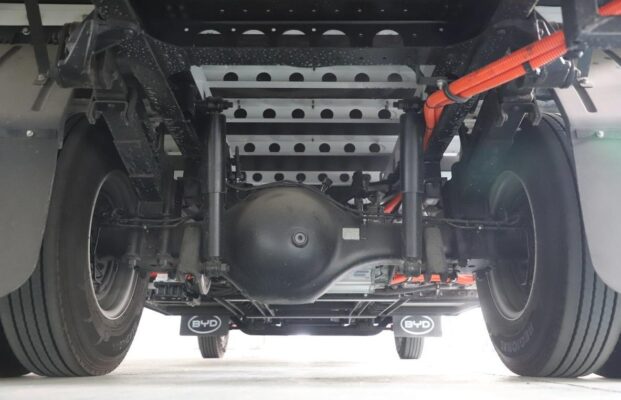
The shortening charging time is another significant advantage. In the past, charging an electric vehicle could take several hours, which was a major inconvenience for drivers. Eia naʻe, with advancements in battery technology and charging infrastructure, the charging time has been greatly reduced. Some kaʻa uilas can now be charged to a significant extent in a matter of hours or even less, depending on the charging method and equipment used.
ʻo kahi laʻana, a driver on a long-distance route can plan their stops at charging stations strategically. Instead of spending a long time waiting for their vehicle to charge, they can take a short break, grab a meal, or catch up on some rest while the truck is being charged. This not only makes the journey more comfortable but also increases productivity by minimizing downtime.
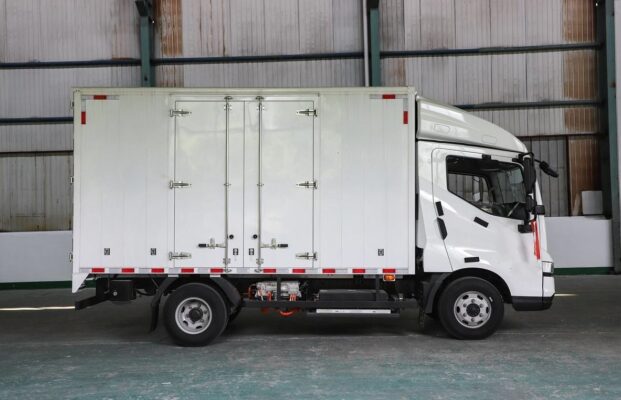
- Not affected by vehicle purchase restrictions.
In many places in China, due to the increasing number of cars on the road and the exhaust gas problem generated by vehicles, vehicle purchase restrictions have been implemented. These restrictions can limit the ability of individuals and businesses to acquire new vehicles, especially in densely populated urban areas.
Eia naʻe, if you buy a used kaʻa uila, it won’t be affected by these purchase restrictions. Electric vehicles, being new energy models, are often exempt from purchase restrictions. This is a significant advantage for those who need a vehicle for their business or personal use but are limited by purchase restrictions.
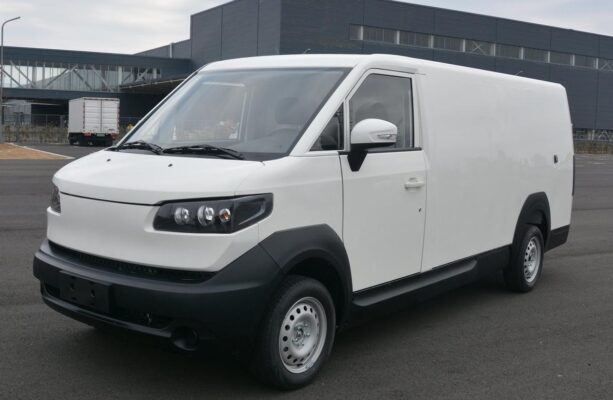
ʻo kahi laʻana, a business that needs to expand its transportation fleet may find it difficult to purchase new fuel trucks due to purchase restrictions. A used kaʻa uila provides an alternative solution. They can acquire a vehicle that meets their needs without being hindered by the restrictions, allowing them to continue their operations and grow their business.
Now everyone knows why to buy a used kaʻa uila, right? I hope the author’s sharing can help everyone. Used kaʻa uilas offer several advantages, including large battery capacity, strong cargo-carrying capacity, a more favorable price, fast charging, and exemption from purchase restrictions. These factors make them an attractive option for a wide range of users, from small business owners to veteran drivers. As the electric vehicle market continues to grow and mature, the popularity of used kaʻa uilas is likely to increase further, providing more choices and opportunities for those in need of reliable transportation solutions.